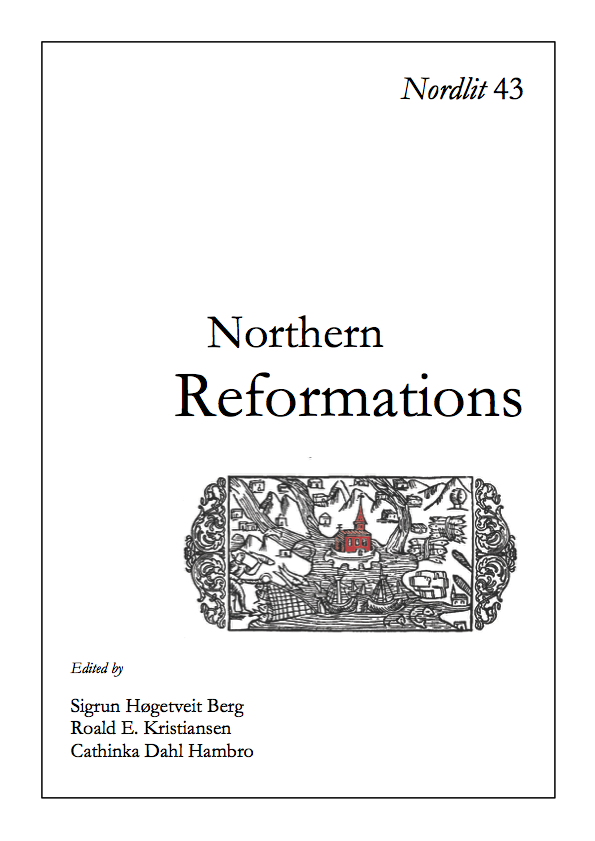The Reformation of Death and Grief in Northern Scotland
DOI:
https://doi.org/10.7557/13.4957Keywords:
Scotland, Calvinism, Death, Burial, Reformation, EmotionAbstract
In many ways the Scottish Reformation was a centralised, top-down event, driven by prominent members of the aristocracy, and imposed in stages throughout the country with greater or lesser success. Certain areas, in particular the Highlands and Islands, were harder to reform than other parts of the country, and certain aspects of pre-Reformation religious life were never fully excised from daily practice. This chapter examines the process of reform as applied to death, burial, and the emotions surrounding these events in the Highlands and Islands, in order to determine what aspects of pre-Reformation practice survived intact, which were modified, and which were removed entirely. The chapter investigates the speed of these changes, and the resistance to them, as this will determine the degree to which the reform of death was welcomed in the most remote parts of Scotland. Finally, this paper will briefly compare the practices surrounding death and burial in the Northern Isles with those of other parts of Scotland in order to determine the influence upon these islands from Scotland in comparison to the lingering practices from before they came under Scottish control.









